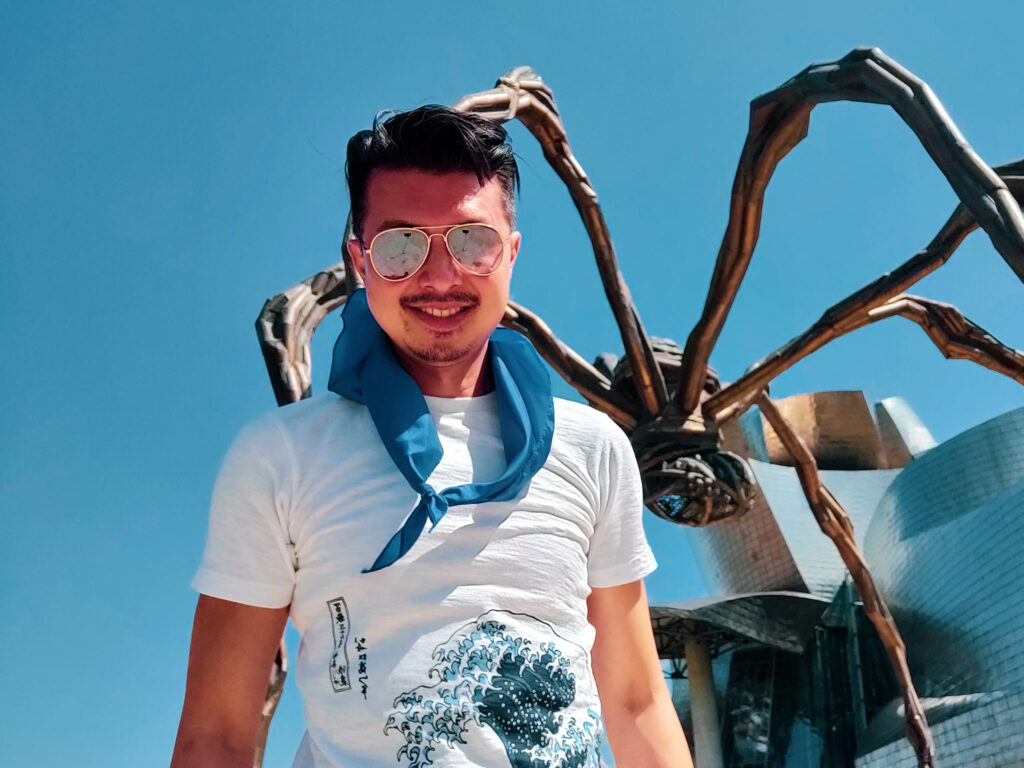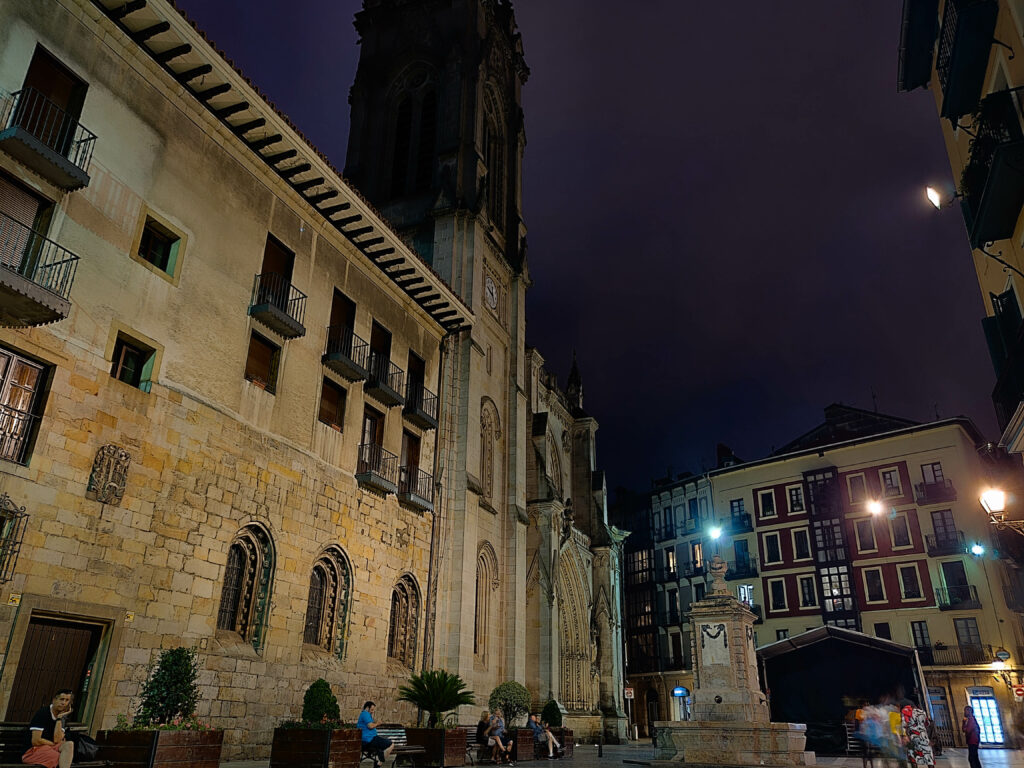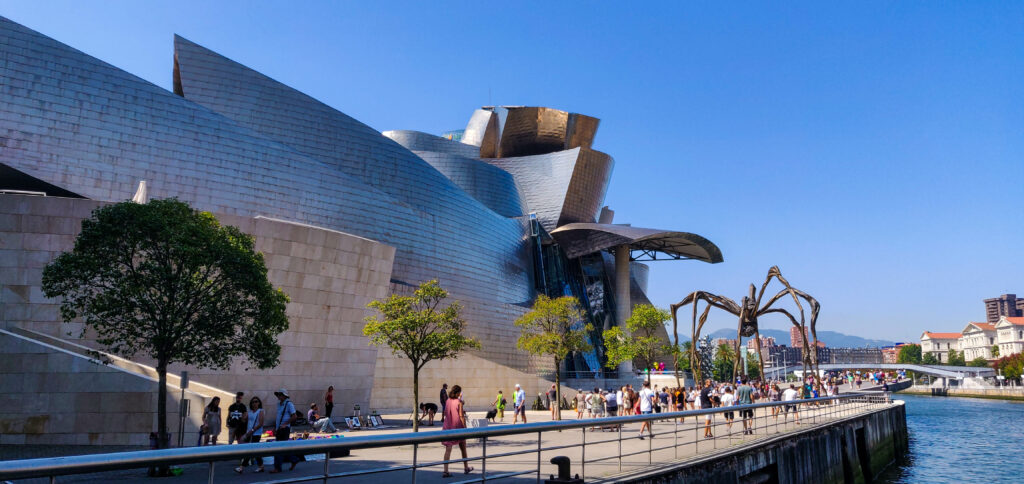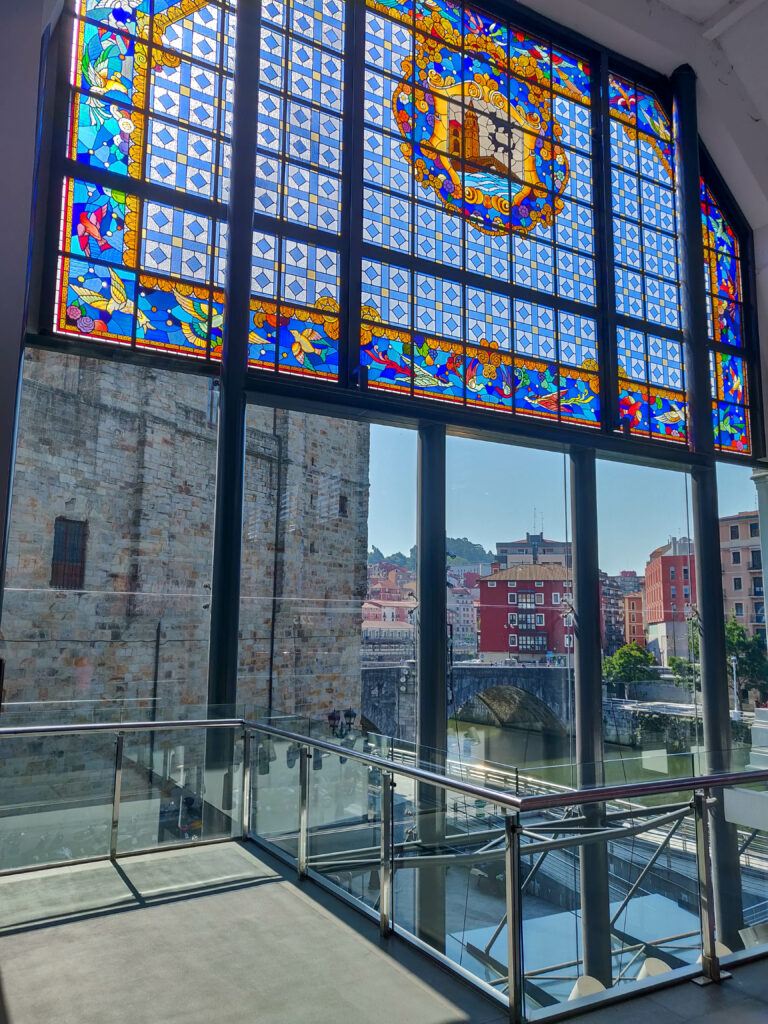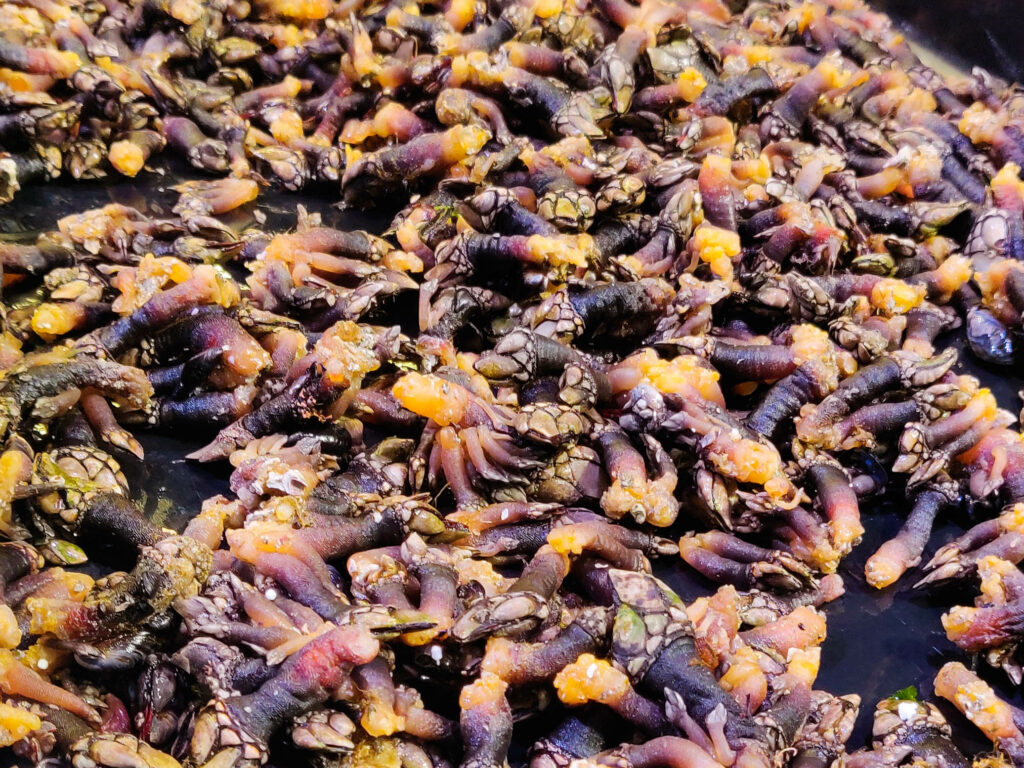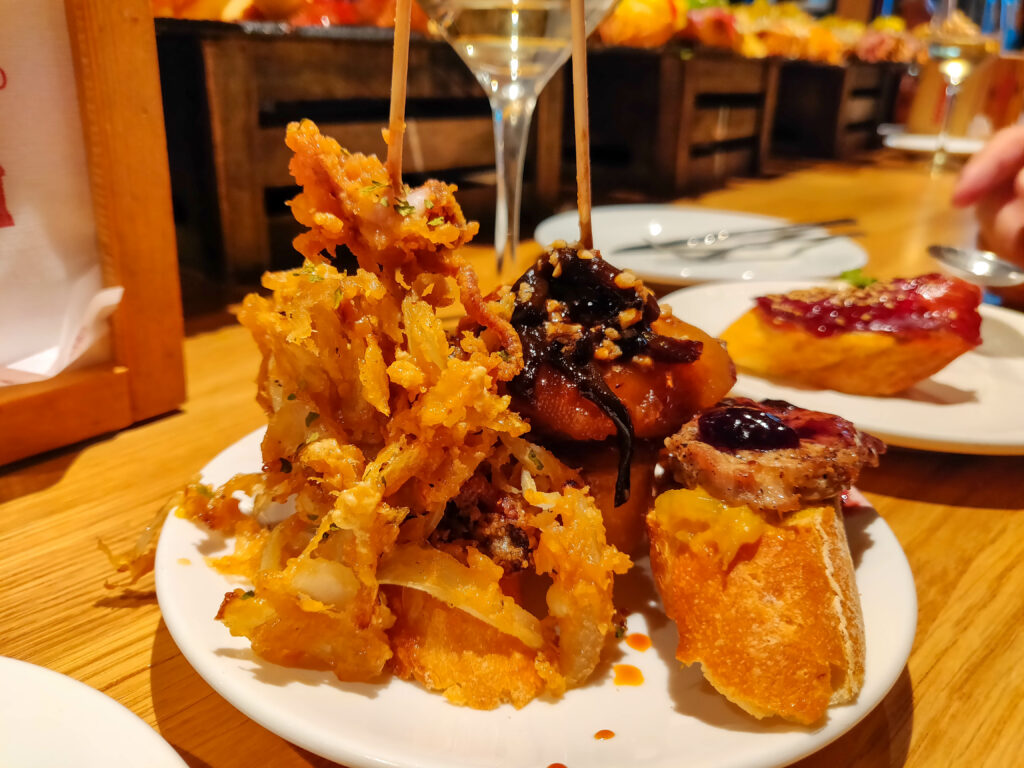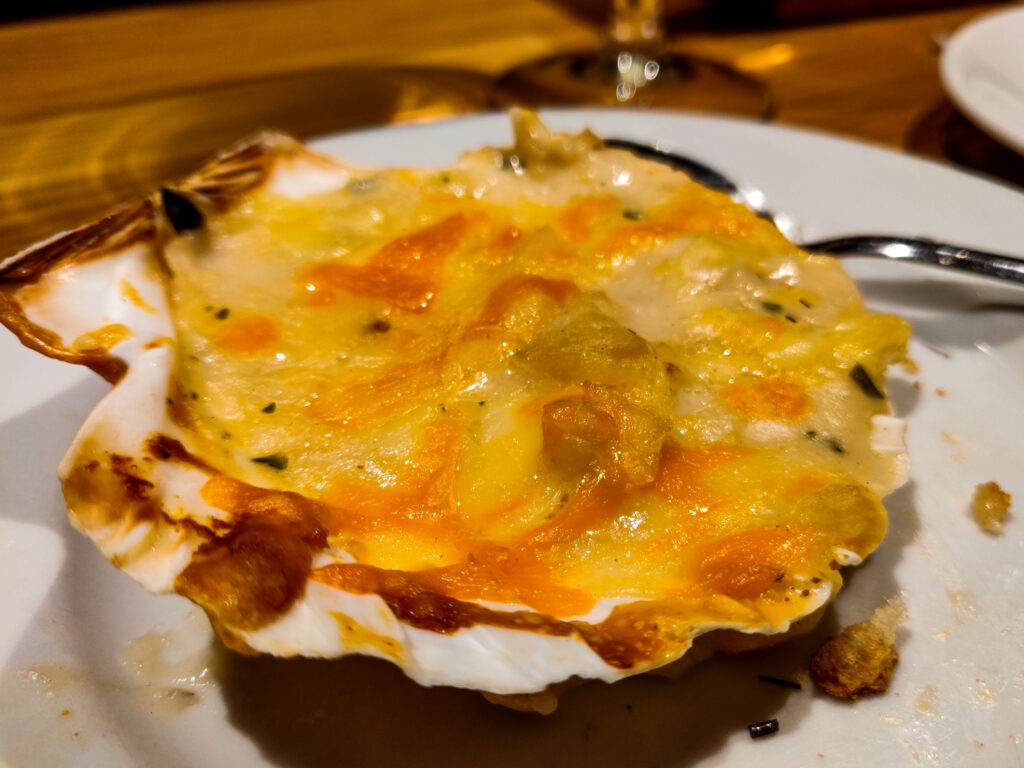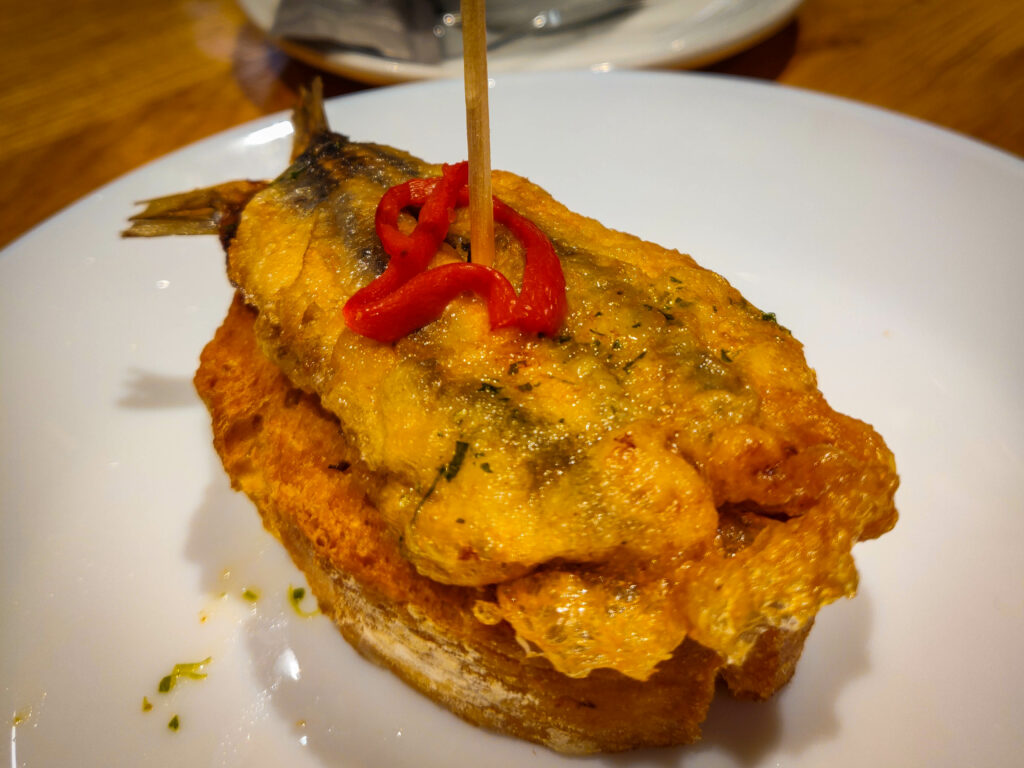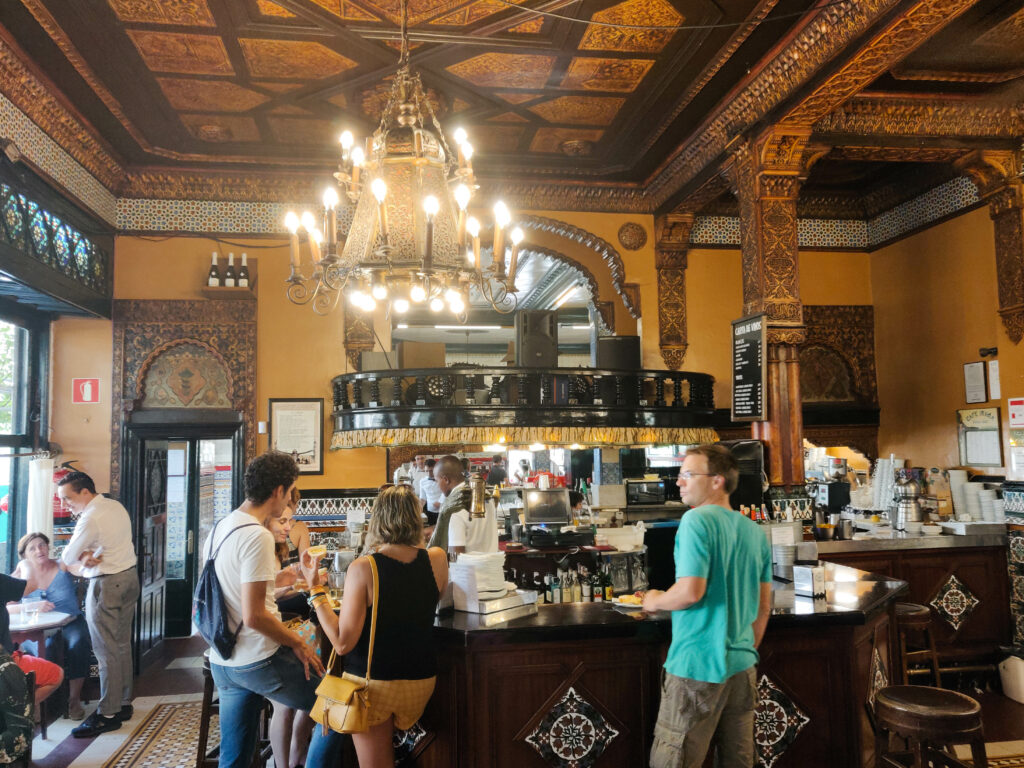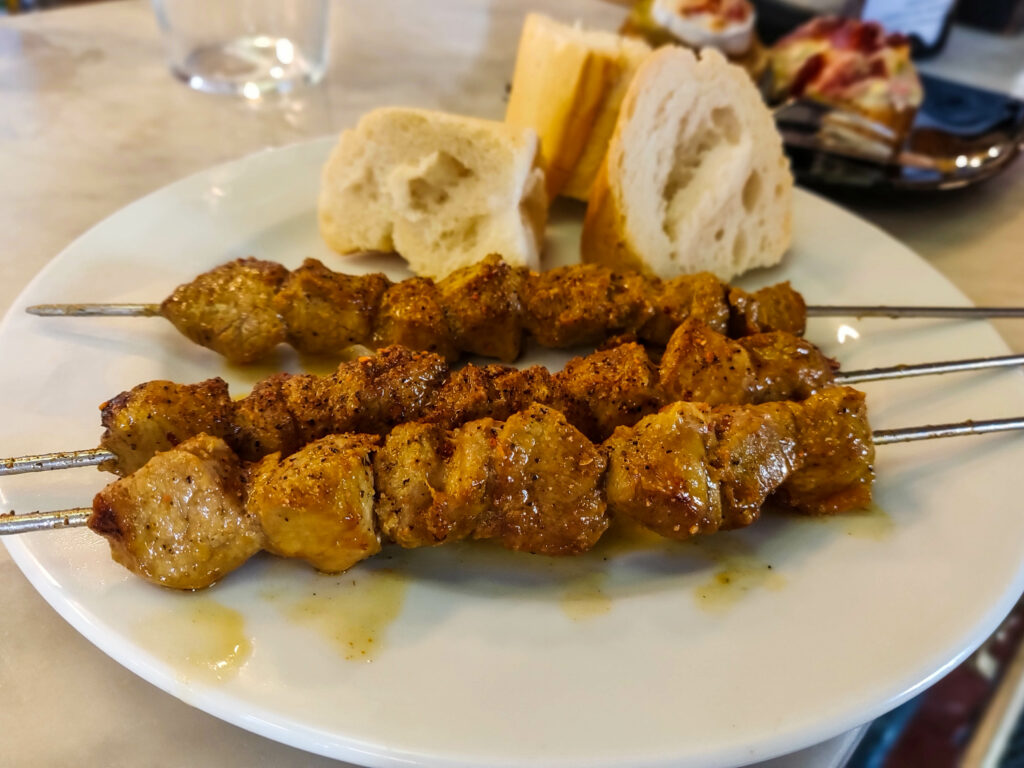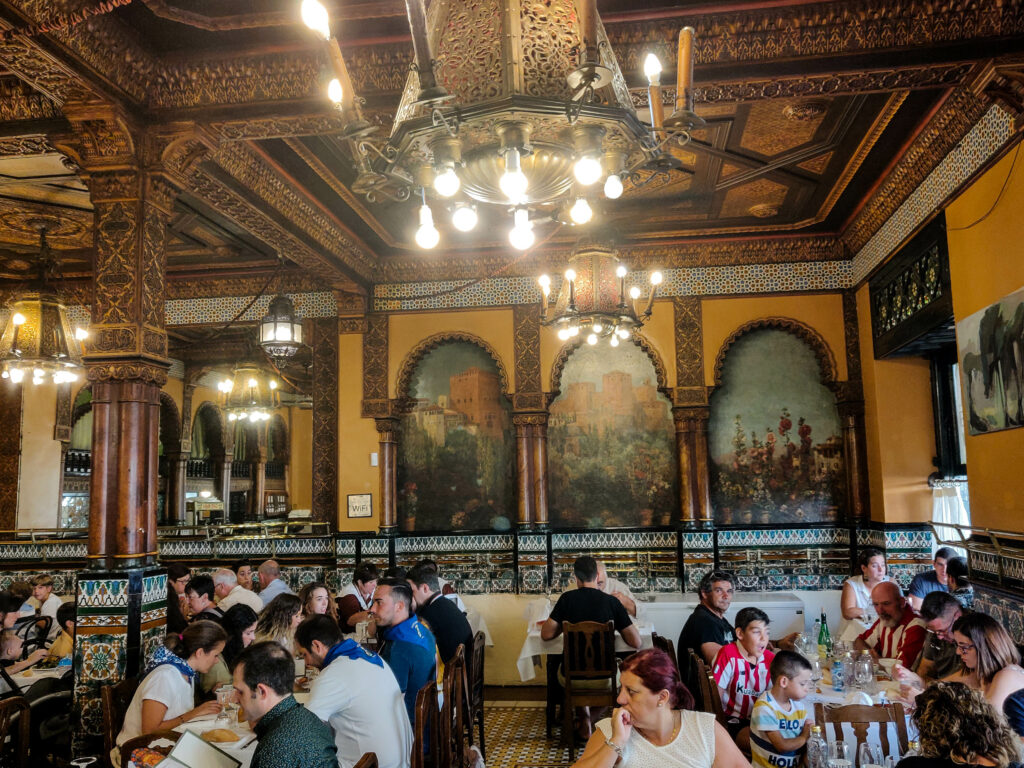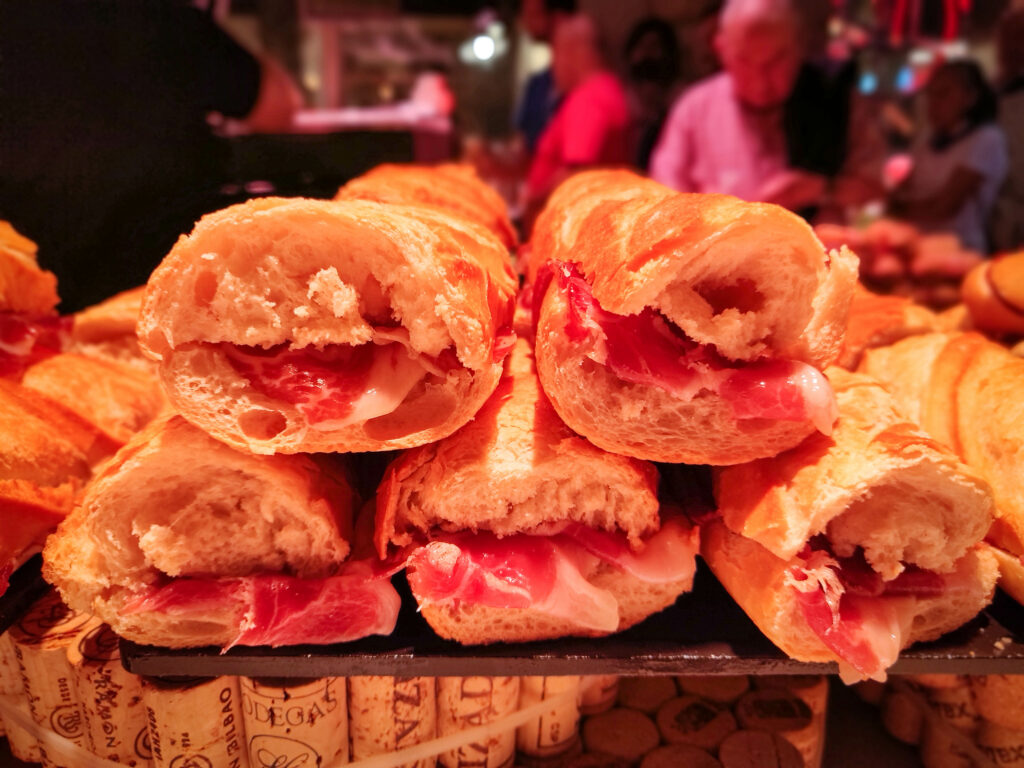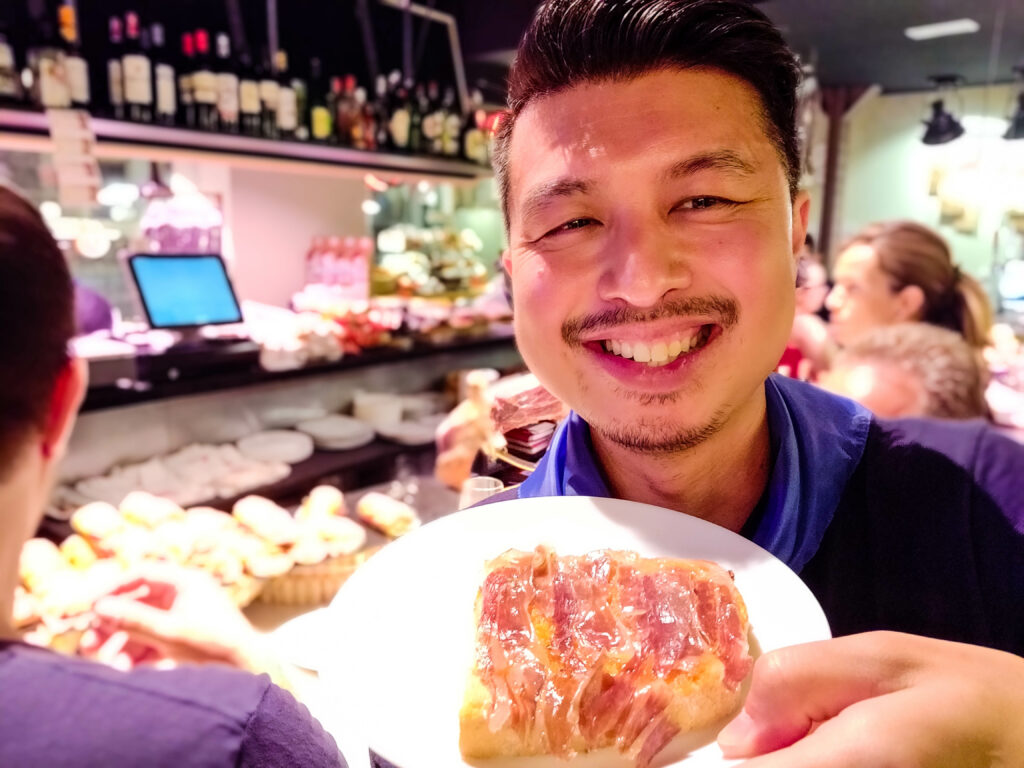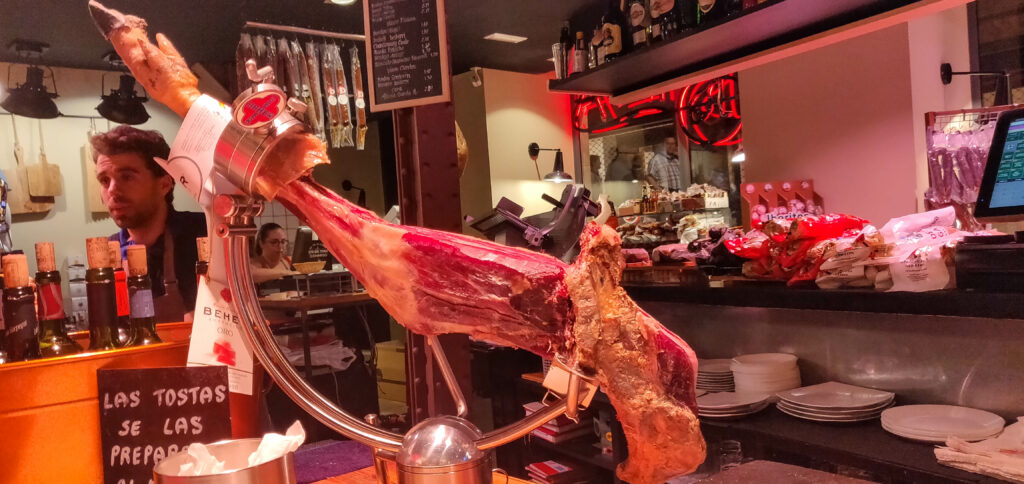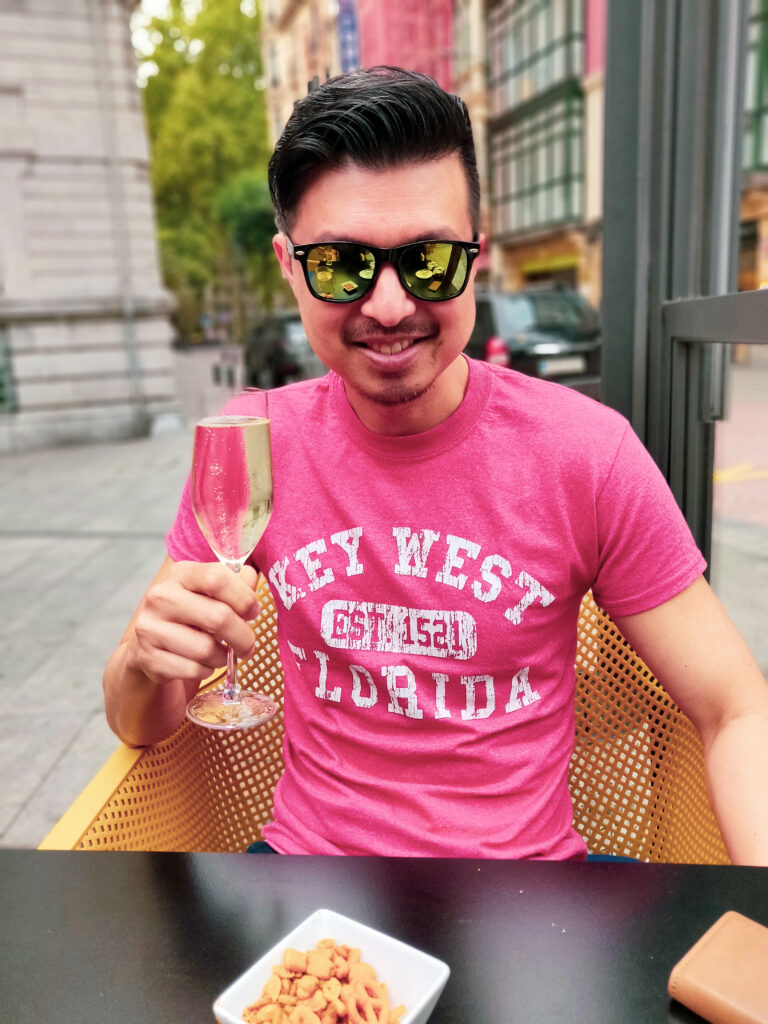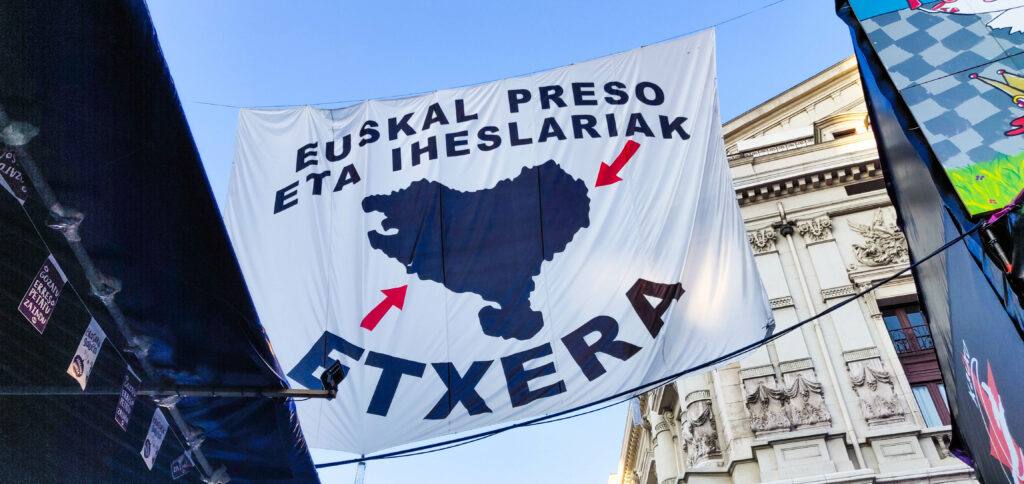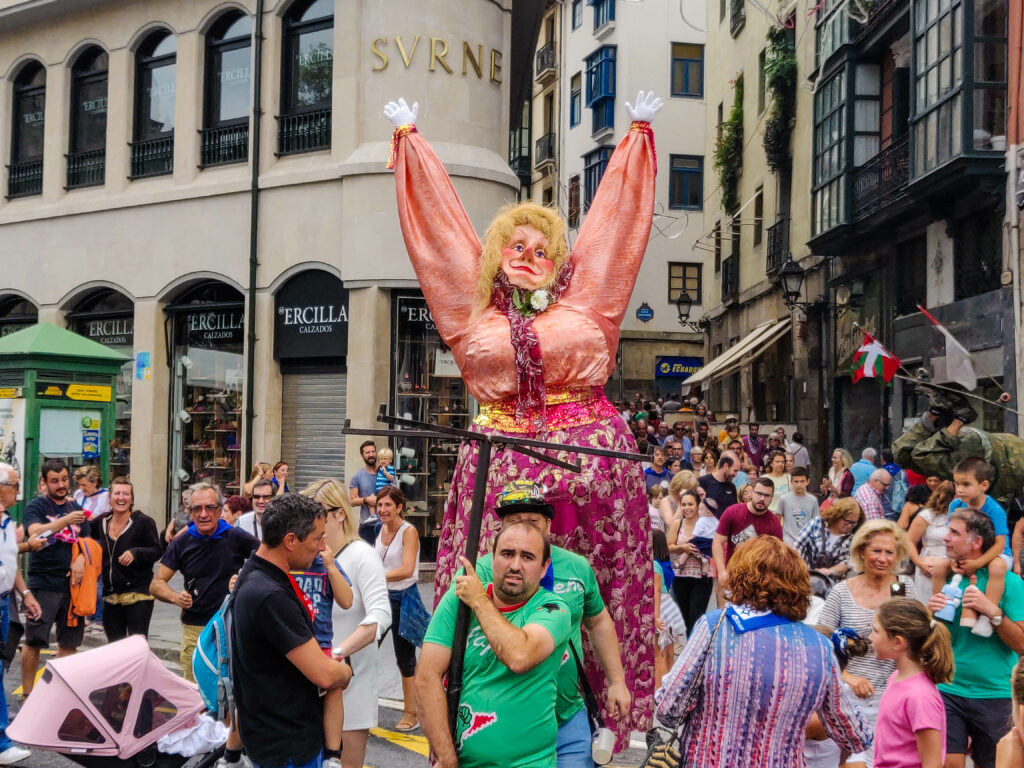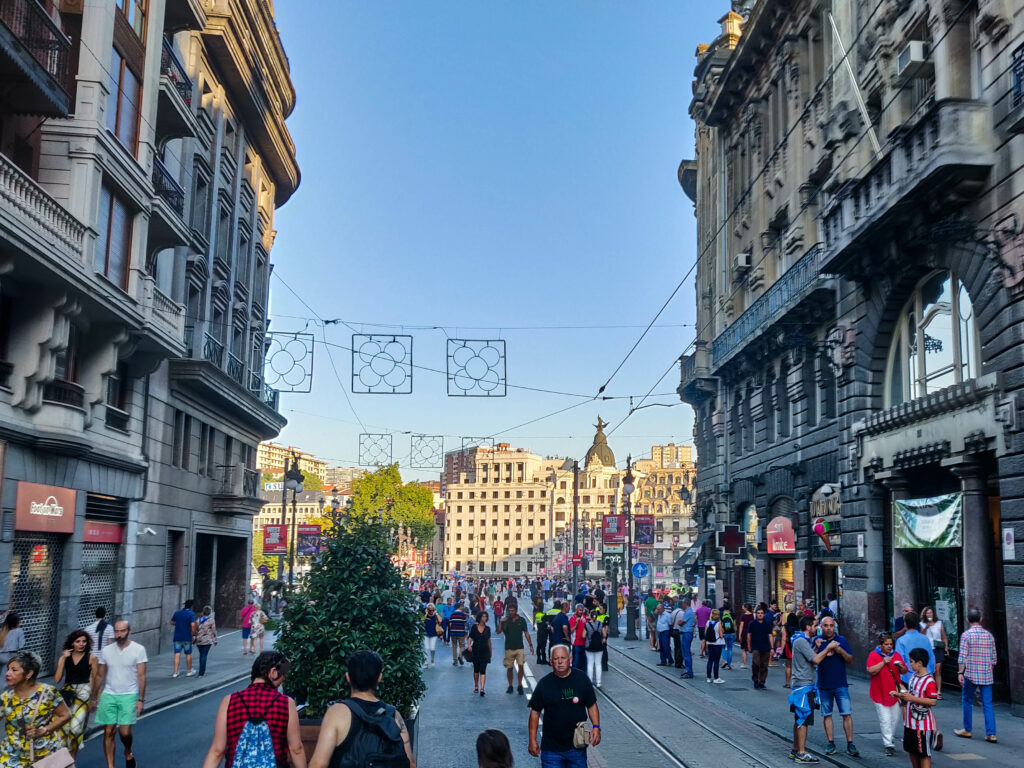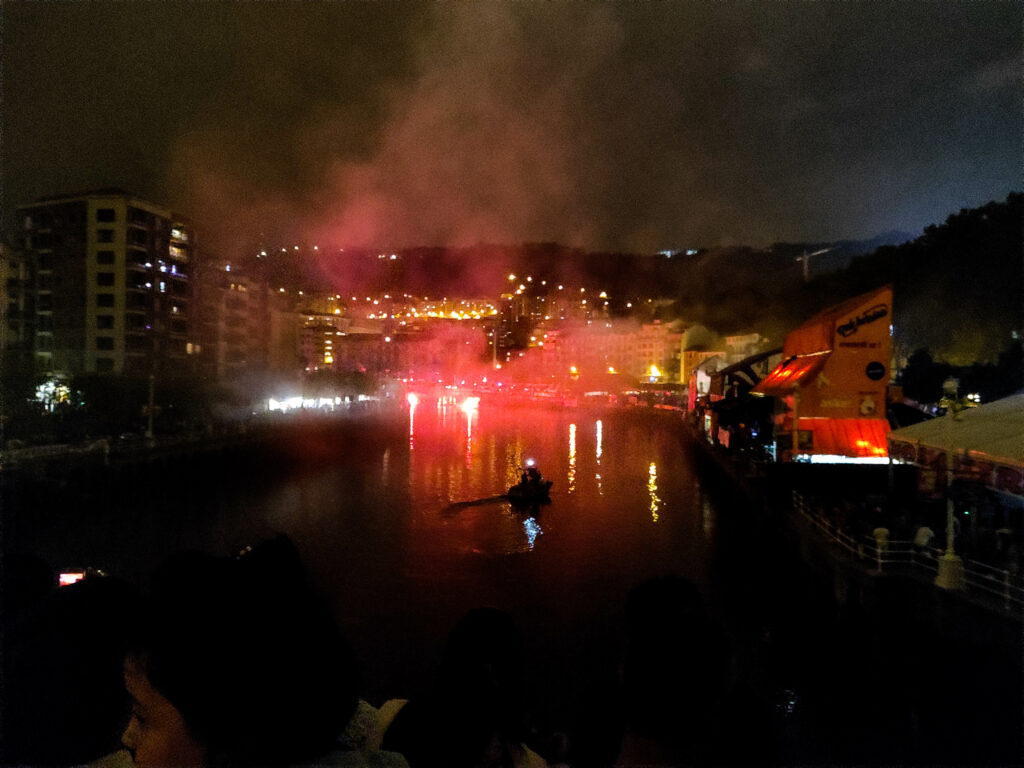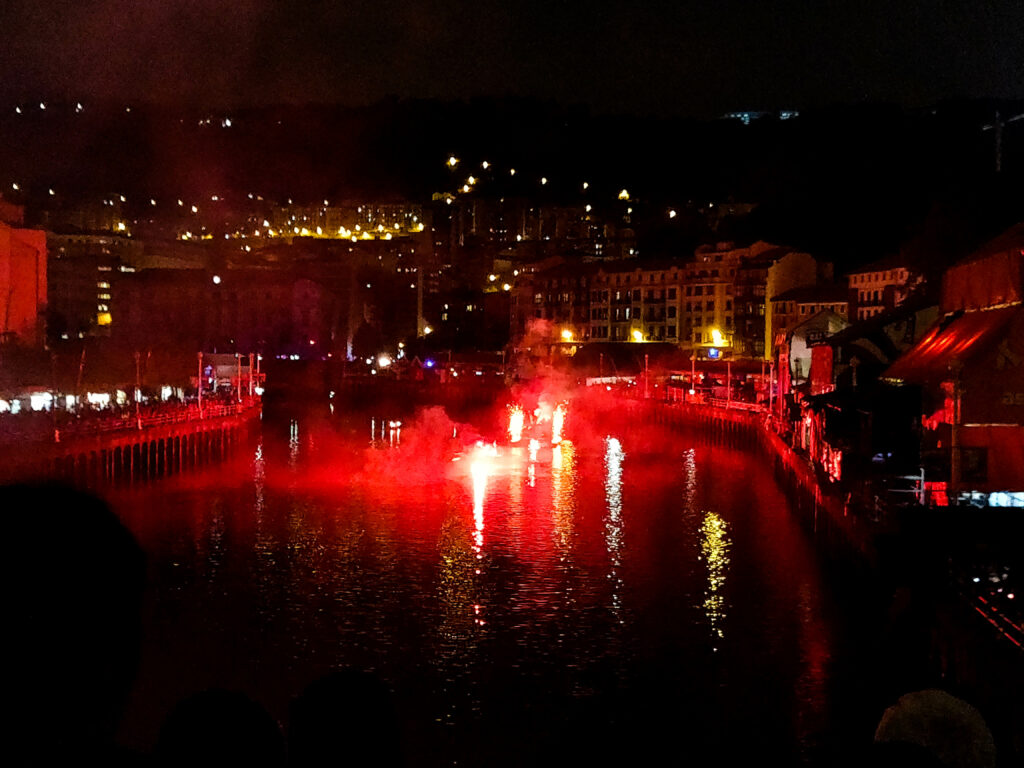Bilbao is the largest city in the Basque Country, located in northern Spain. With around 1 million inhabitants, it is a vibrant metropolis filled with bars, restaurants, shops and cultural activities, a far cry from its not so distant industrial and agricultural past. The transformation of Bilbao from the backwaters of Spain to one of its most populous and wealthy region is a success story that is admired worldwide.
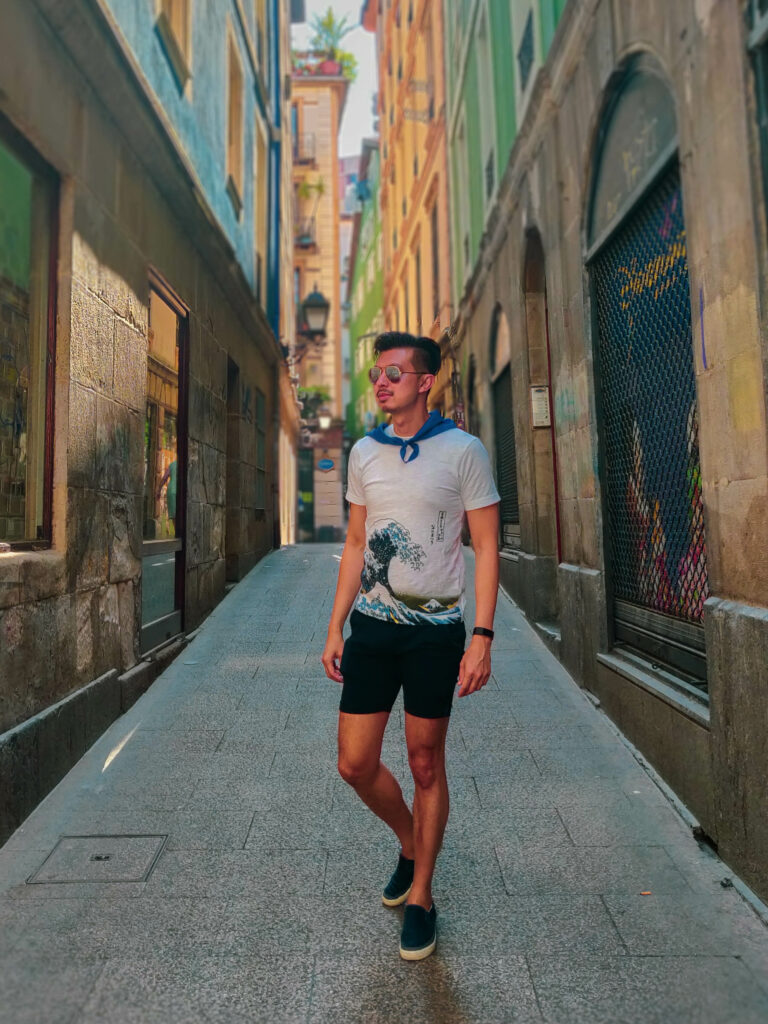
Who were the Basques?
The Basques are a people who live in the Basque region that stretches from northern Spain to southwestern France. The name ‘Basque‘ is an exonym, meaning that it is a name given to them but they do not call themselves that.
In the Basque language, the home of the Basque people is ‘Euskal Herria‘, the language is ‘Euskara‘ while the people are ‘Euskaldunak‘.
Although they look entirely similar in appearance to surrounding non-Basque people, they are genetically different: Basque natives possess a rare variety of haplogroup R1b1c4 that is unique to them.
But above all, the Basque language is a unique language isolate. It predates all the other languages around of the Indo-European language group, and it most likely descends from the hunter-gatherers native to the Iberian Peninsula from the last Ice Age. This was before the migration of farming communities from Western Asia who brought along their Indo-European language.
Being a genetic and linguistic isolate, the Basque Country is certainly a unique place to explore and discover! Where else but in its beautiful city of Bilbao?!
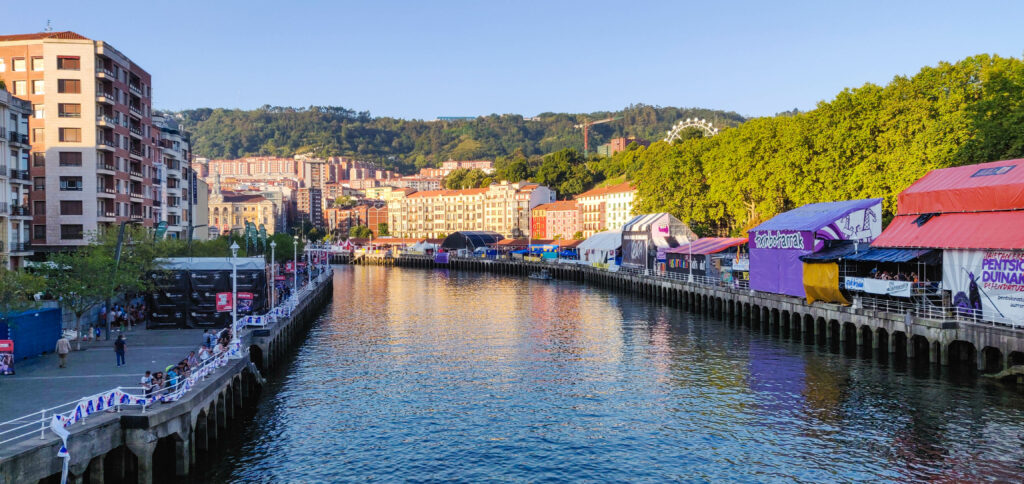
What’s there to see in Bilbao?
Bilbao straddles on both banks of the River Nervión and is divided into old town ‘casco viejo‘ and new town (pretty much the rest of the city). In the old town, you can visit the Basque Museum, or wonder along it narrow winding streets and visit the renovated food market ‘Mercado de la Ribera‘. In the new town, there is the famous Guggenheim Museum, the Museum of Fine Arts ‘Bilboko Arte Ederren Museoa’ and do not forget to cross the infamous Puente Zubizuri bridge. Designed by Santiago Calatrava, it was previously paved with glass and everyone crossing the bridge slid off whenever it rained!
What’s there to eat in Bilbao?
When you are in Basque Country, you go bar-hopping eating ‘pintxos‘. Note: DO NOT CALL IT TAPAS, or risk being spat on.
Pintxos are tiny dishes – according to the Basques, a uniquely Basque tradition – mostly open sandwiches staked right in the middle with a satay stick, and are only served in pintxos bars.
A huge array of pintxos is laid out on the bar counter, you indicate which ones you want. The bartender heats it up for you while you also indicate which wine or beer you want to go with your food. Then you eat your pintxos on a tall table with your friends. Once done, you guys hop into the next pintxos bar!
Well-known pintxos of Bilbao
There are of course well-known pintxos, such as:
- Bacalao al pil pil – Cod pintxos
- (Hojaldre con) foie – Foie gras which sometimes comes in a puff pastry
- Txangurro – Spider crab meat in a carrot puree served in its shell
- Hongos a la plancha – Fried mushrooms
- Rabas – fritters of strips of squid
- Boquerones – very small white anchovies caught in the Bay of Biscay
Every pintxos bar has its own interpretation of these famous pintxos or its own recipes. They are not just plain old open sandwiches (or even just sandwiches). They could be fried, grilled, baked, or even served cold. That’s what makes pintxos barhopping so much fun, gastronomically!
Well-known pintxos places in Bilbao
There is a ‘pintxos’ street in Bilbao called ‘Ledesma Musikariaren Kalea‘ and that is a good place to start your pintxos barhop.
Right in the corner facing the park is the Café Iruña (www.cafeirunabilbao.net) on Colon de Larreategui 13. with its wonderfully traditional yet colourdul interior.
On the pintxos street itself, our favourites were the Molinillo Bilbao and the Cafeteria Visenta Ledesma.
Another nightspot is a beautifully charming enclosed square called ‘Nueva Plaza‘. There, you can find the very classy and upmarket Víctor Montes jatetxea (www.victormontes.com) which is a Bilbao institution.
But pintxos bars are literally everywhere in Bilbao, so feel free to explore and try out any bar you set your sights on.
Eat at an authentic Bilbao taberna
Tired of pintxos? Why not try out a typical Bilbao tavern? There are three very good ones in the old town:
- Rio-Oja (www.rio-oja.com) served typical Basque cuisine, which looks to me very “stewy”. The best place to try out Basque dishes not altered to suit tourists’ tastes.
- Restaurante Urbieta (www.restauranteurbieta.es) beside it does the same but is less popular.
- Iñakiren Taberna (www.iñakirentaberna.com) serves really sumptuous steaks that you really shouldn’t miss.
Where to party in Bilbao?
In the streets, of course! ‘Aste Nagusta‘ – the Great Week – is the main festival of Bilbao. It is celebrated every year over 9 days starting on the first Saturday after 15 August on the Assumption of Virgin Mary.
The whole city of Bilbao will be in party mode, where all the streets will be shut off and everyone, literally everyone, will be out partying till the next morning.
Aste Nagusta features a character called ‘Marijaia‘ – an effigy of a very fat woman with her arms raised in celebration.
On the final night of the Aste Nagusta, Marijaia is put on a boat and set on fire. The whole city will shut off its lights and watch the spectacle of the burning Marijaia slowly drifting down the River Nervión towards the ocean.
Before you go
A note of caution: Bilbao is located in the northern tip of Spain on the Atlantic Coast. Although it is not far from Catalonia like Barcelona, it has a completely different climate. Most of the time, it is cold, cloudy, windy and grey. The daily average daytime temperature is 20.9 degree celsius in August, which is the hottest month of the year. So if you want to visit, bring thicker clothing for lower temperatures and an umbrella for the rain.
If you want more sun, why not visit Madrid instead?

